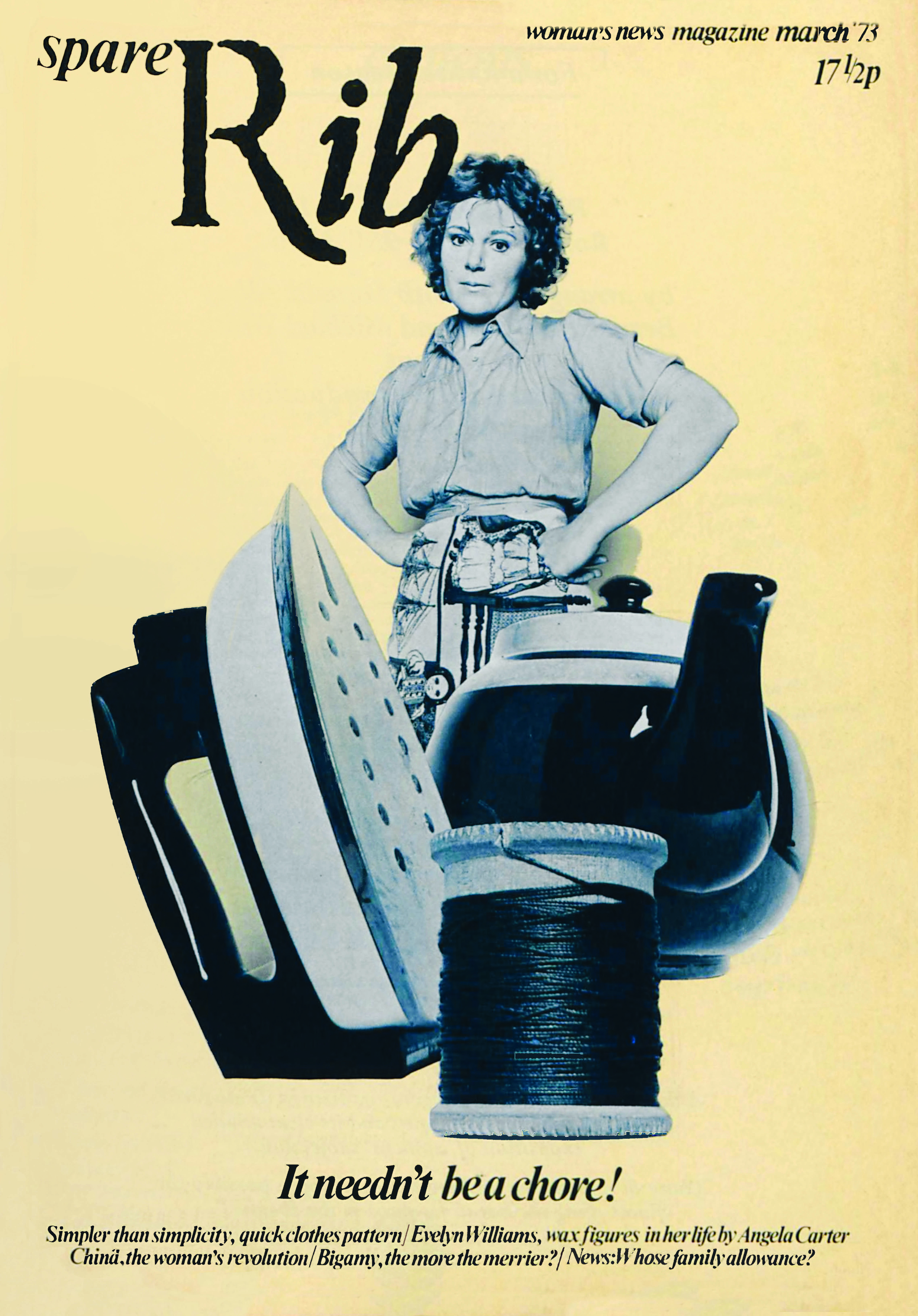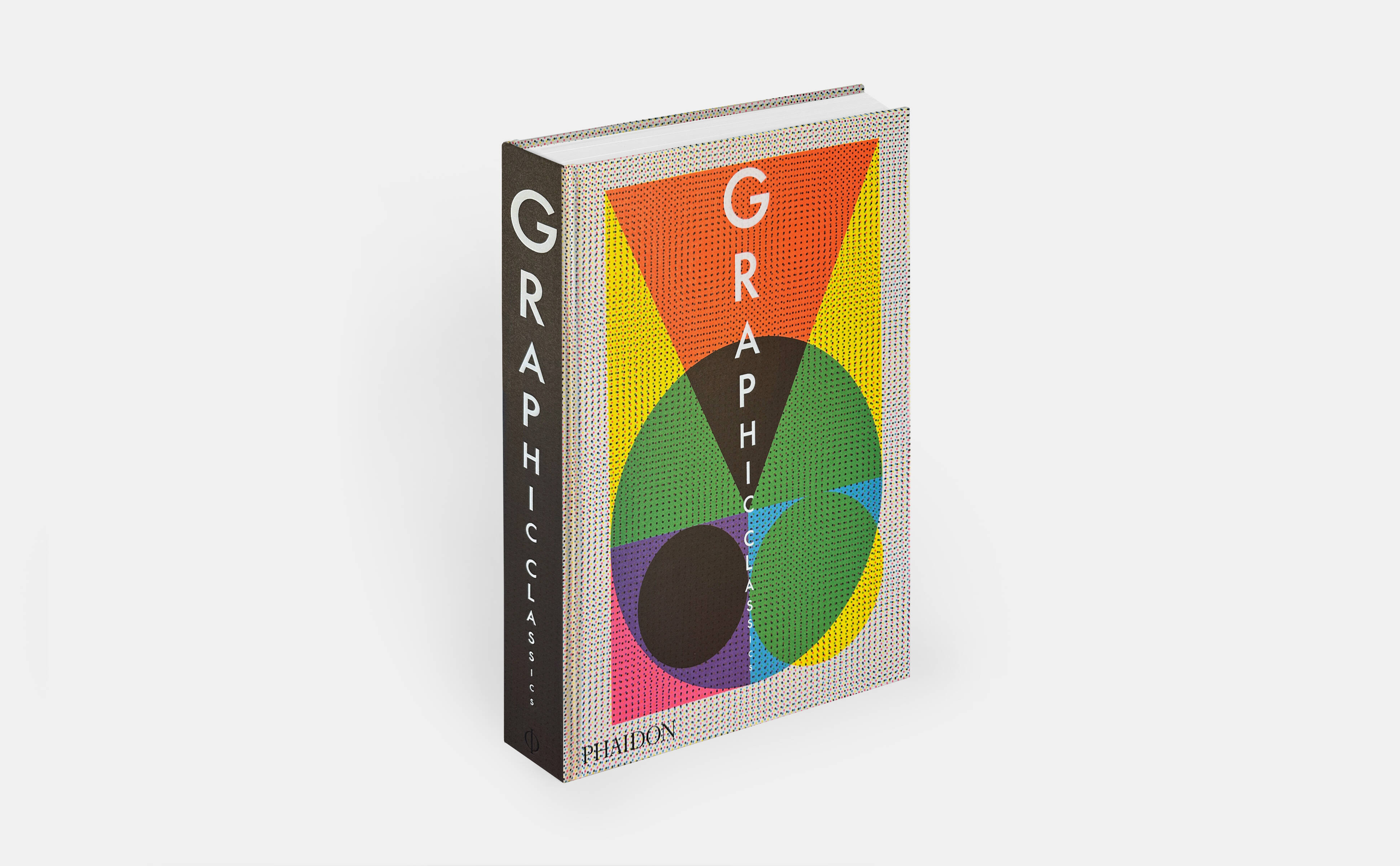
The hidden history of graphics
Our new book Graphic Classics features many of the unsung heroes of graphic design alongside new designers – it’s time you knew about them
In common with too many other creative fields, graphic design has historically been a male-dominated domain, and one with a distinctly European and North American emphasis.
 Black Lives Matter, 2013, Design Action Collective, Alicia Garza, U.S. Image credit: Design Action Collective
Black Lives Matter, 2013, Design Action Collective, Alicia Garza, U.S. Image credit: Design Action Collective
With our new book – Graphic Classics we’ve adjusted this imbalance and reassessed the history of graphic design, while providing a platform for different voices, approaches, and disciplines to be honoured and valued within the design community.
![]() Accessible Icon Project, 2010, Sara Henderson, Brian Glenney, Tim Ferguson Sauder, Triangle, U.S. Image credit: Apartamento
Accessible Icon Project, 2010, Sara Henderson, Brian Glenney, Tim Ferguson Sauder, Triangle, U.S. Image credit: Apartamento
Reimagined from the Phaidon bestseller Graphic: 500 Designs that Matter, Graphic Classics presents 500 of the world’s most important graphic designs in one large-format volume.
Fifty new examples highlight designers reshaping the graphic culture of today, alongside a number of earlier pioneers who were often previously overlooked.
 BUTT, 2022, Jop van Bennekom, Top Publishers, the Netherlands. Image credit: Top Publishers BV, Studio Jop van Bennekom Photograph: Clifford Prince King, Sonny and David, 2019, No. 30, Spring 2022
BUTT, 2022, Jop van Bennekom, Top Publishers, the Netherlands. Image credit: Top Publishers BV, Studio Jop van Bennekom Photograph: Clifford Prince King, Sonny and David, 2019, No. 30, Spring 2022
More than half of those new entries are from female or mixed male/female design teams, and 30 per cent are non-white/persons of colour.
Across the collection as a whole, we have more than 400 designers, whose work has been produced across 33 countries and 5 continents, and with designs dating back to the 14th century.
 Spare Rib, 1973, Kate Hepburn, Sally Doust, Spare Rib Limited, UK. Image credit: Spare Rib Collective
Spare Rib, 1973, Kate Hepburn, Sally Doust, Spare Rib Limited, UK. Image credit: Spare Rib Collective
From the Gutenberg Bible to the album art of Joy Division, and from anonymous creators to graphic design legends such as Aleksander Rodchenko, Paul Rand, Alessandro Mendini, Emory Douglas, April Greiman, Stefan Sagmeister, Ahn Sang-soo, and Julia Born, this collection is more comprehensive, compelling – and relevant – than ever before.
 Obama-Progress/Hope, Shepard Fairey, self-commissioned, U.S. Image credit: Shepard Fairey/Obeygiant.com
Obama-Progress/Hope, Shepard Fairey, self-commissioned, U.S. Image credit: Shepard Fairey/Obeygiant.com
The two-part, chronological design structure of the book allows the work to be shown in great detail, with large images up front and a 300-plus word text for each entry in the back, which mean this is an equal parts picture and reading book.
 5 Finger Hat Die Hand, 1928, John Heartfield, German Communist Party, Germany
5 Finger Hat Die Hand, 1928, John Heartfield, German Communist Party, Germany
Meanwhile, a cleverly designed category key adds functionality to the book for student while indicating the sheer variety of disciplines at work within one medium, from advertising and information design to posters, books, magazines, and logos.
 The Red Cross, 1863, Dr. Louis Appia, Gen. Henri Dufour, International Committee of the Red Cross, Switzerland
The Red Cross, 1863, Dr. Louis Appia, Gen. Henri Dufour, International Committee of the Red Cross, Switzerland
Graphic Classics is the perfect reference guide for design and art lovers, enthusiasts, and professionals at any stage of their careers, as well as all those interested in and impacted by visual communication.
